International
Moderna sues Pfizer, BioNTech for Covid-19 vaccine patent infringement

AFP
Moderna said Friday it is suing rival vaccine makers Pfizer and BioNTech, alleging the partners infringed on its patents in developing their Covid-19 shot administered to hundreds of millions around the world.
The lawsuits set up a high-stakes showdown between the leading manufacturers of Covid-19 shots that are a key tool in the fight against the disease.
“Moderna believes that Pfizer and BioNTech’s Covid-19 vaccine Comirnaty infringes patents Moderna filed between 2010 and 2016 covering Moderna’s foundational mRNA technology,” the US-based biotech firm said in a statement.
“Pfizer and BioNTech copied this technology, without Moderna’s permission, to make Comirnaty,” Moderna said.
Pfizer and BioNTech said they have not fully reviewed the complaint, but expressed surprise over the litigation.
“The Pfizer/BioNTech Covid-19 vaccine was based on BioNTech’s proprietary mRNA technology,” a statement said. “We will vigorously defend against the allegations of the lawsuit.”
The mRNA technology used in the Moderna and Pfizer-BioNTech shots differs from that in traditional vaccines, which rely on injecting weakened or dead forms of a virus to allow the immune system to recognize it and build antibodies.
Instead, mRNA vaccines deliver instructions to cells to build a harmless piece of the spike protein found on the surface of the virus that causes Covid-19.
After creating this spike protein, cells can recognize and fight the real virus, hailed as a major advancement in development of vaccines.
– Key tool against deadly pandemic –
The shots have repeatedly been the subject of inaccurate claims that they are dangerous, but health authorities say they are both safe and effective.
The lawsuits — in US district court in Massachusetts, and in regional court in Dusseldorf, Germany — are not seeking the removal of the rival vaccine or an injunction on future sales.
Moderna said it had begun building up the technology in 2010 and patented work on coronaviruses in 2015 and 2016, which allowed for rollout of its shots in “record time” after the pandemic struck.
The virus has killed at least 6.48 million people worldwide since 2020 and made nearly 600 million ill, according to a Johns Hopkins University tracker.
In addition to death and suffering, the disease has led to a re-shaping of life ranging from a change in norms on working from home to a scrambling of supply chains and workforces.
Moderna said it pledged in October 2020 not to enforce its Covid-19-related patents while the pandemic continued, but less than two years later changed that stance as the fight shifted gears.
“Moderna expected companies such as Pfizer and BioNTech to respect its intellectual property rights and would consider a commercially reasonable license should they request one for other markets,” it said.
“Pfizer and BioNTech have failed to do so,” the firm added.
These types of lawsuits are not unheard of in the pharmaceutical industry, where patents can be worth billions of dollars, and can take years to resolve.
International
Five laboratories investigated in Spain over possible African Swine Fever leak
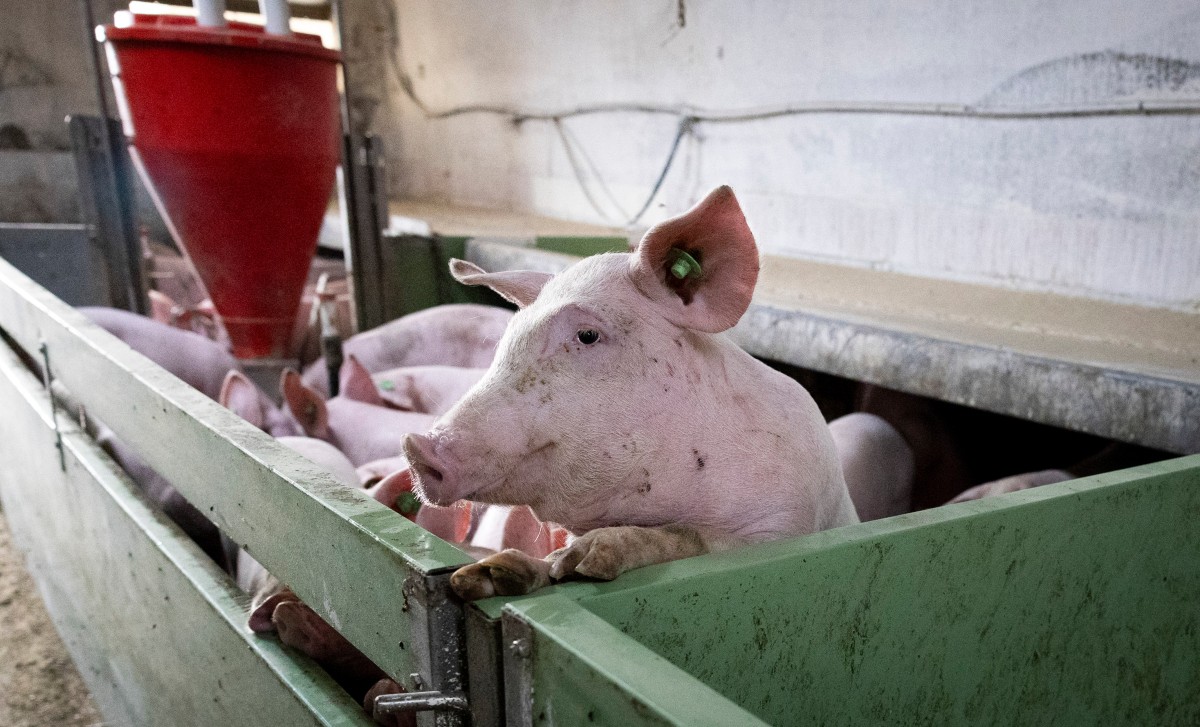
Catalan authorities announced this Saturday that a total of five laboratories are under investigation over a possible leak of the African swine fever virus, which is currently affecting Spain and has put Europe’s largest pork producer on alert.
“We have commissioned an audit of all facilities, of all centers within the 20-kilometer risk zone that are working with the African swine fever virus,” said Salvador Illa, president of the Catalonia regional government, during a press conference. Catalonia is the only Spanish region affected so far. “There are only a few centers, no more than five,” Illa added, one day after the first laboratory was announced as a potential source of the outbreak.
Illa also reported that the 80,000 pigs located on the 55 farms within the risk zone are healthy and “can be made available for human consumption following the established protocols.” Therefore, he said, “they may be safely marketed on the Spanish market.”
International
María Corina Machado says Venezuela’s political transition “must take place”
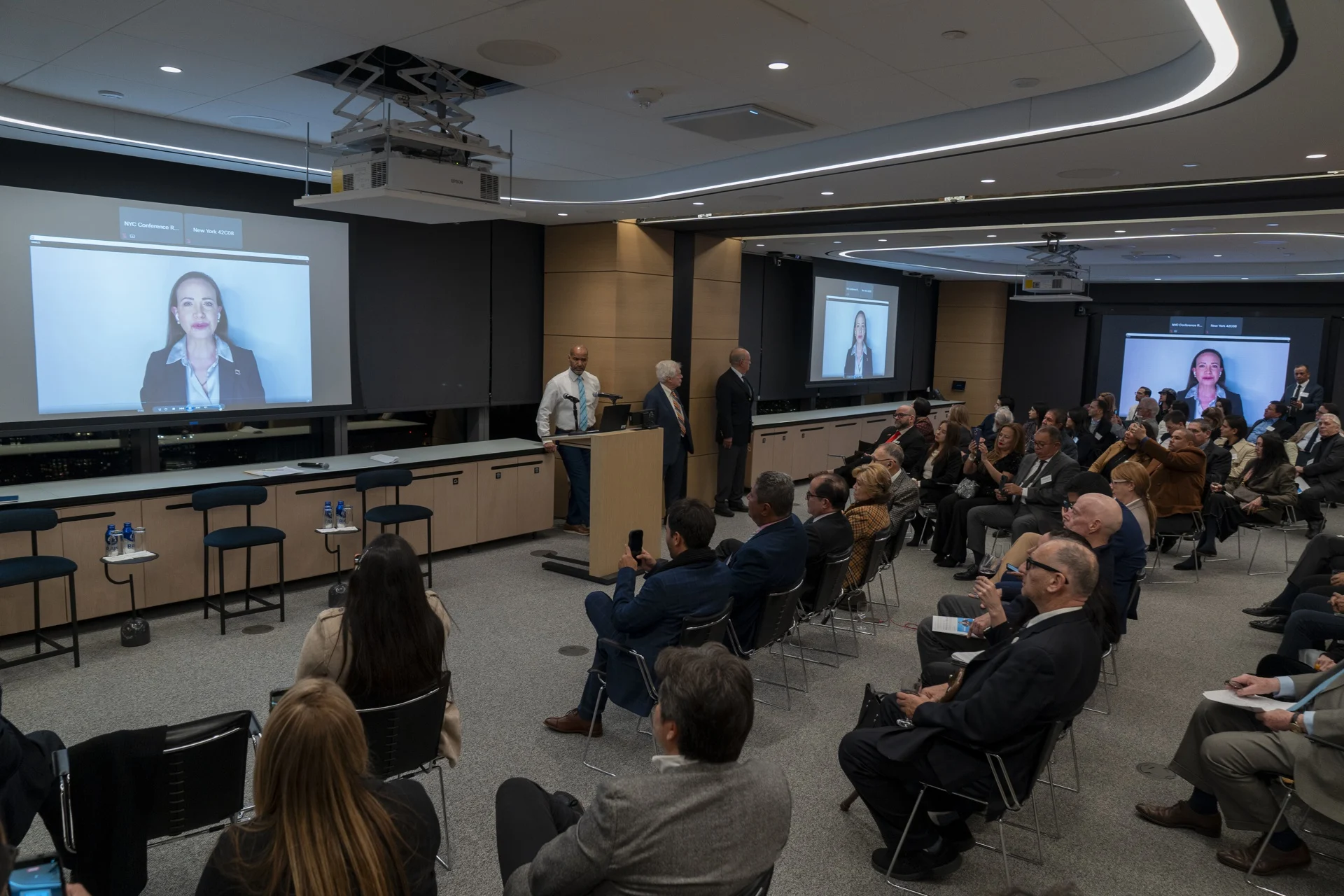
Venezuelan opposition leader María Corina Machado said this Thursday, during a virtual appearance at an event hosted by the Venezuelan-American Association of the U.S. (VAAUS) in New York, that Venezuela’s political transition “must take place” and that the opposition is now “more organized than ever.”
Machado, who is set to receive the Nobel Peace Prize on December 10 in Oslo, Norway — although it is not yet known whether she will attend — stressed that the opposition is currently focused on defining “what comes next” to ensure that the transition is “orderly and effective.”
“We have legitimate leadership and a clear mandate from the people,” she said, adding that the international community supports this position.
Her remarks come amid a hardening of U.S. policy toward the government of Nicolás Maduro, with new economic sanctions and what has been described as the “full closure” of airspace over and around Venezuela — a measure aimed at airlines, pilots, and alleged traffickers — increasing pressure on Caracas and further complicating both air mobility and international commercial operations.
During her speech, Machado highlighted the resilience of the Venezuelan people, who “have suffered, but refuse to surrender,” and said the opposition is facing repression with “dignity and moral strength,” including “exiles and political prisoners who have been separated from their families and have given everything for the democratic cause.”
She also thanked U.S. President Donald Trump for recognizing that Venezuela’s transition is “a priority” and for his role as a “key figure in international pressure against the Maduro regime.”
“Is change coming? Absolutely yes,” Machado said, before concluding that “Venezuela will be free.”
International
Catalonia’s president calls for greater ambition in defending democracy
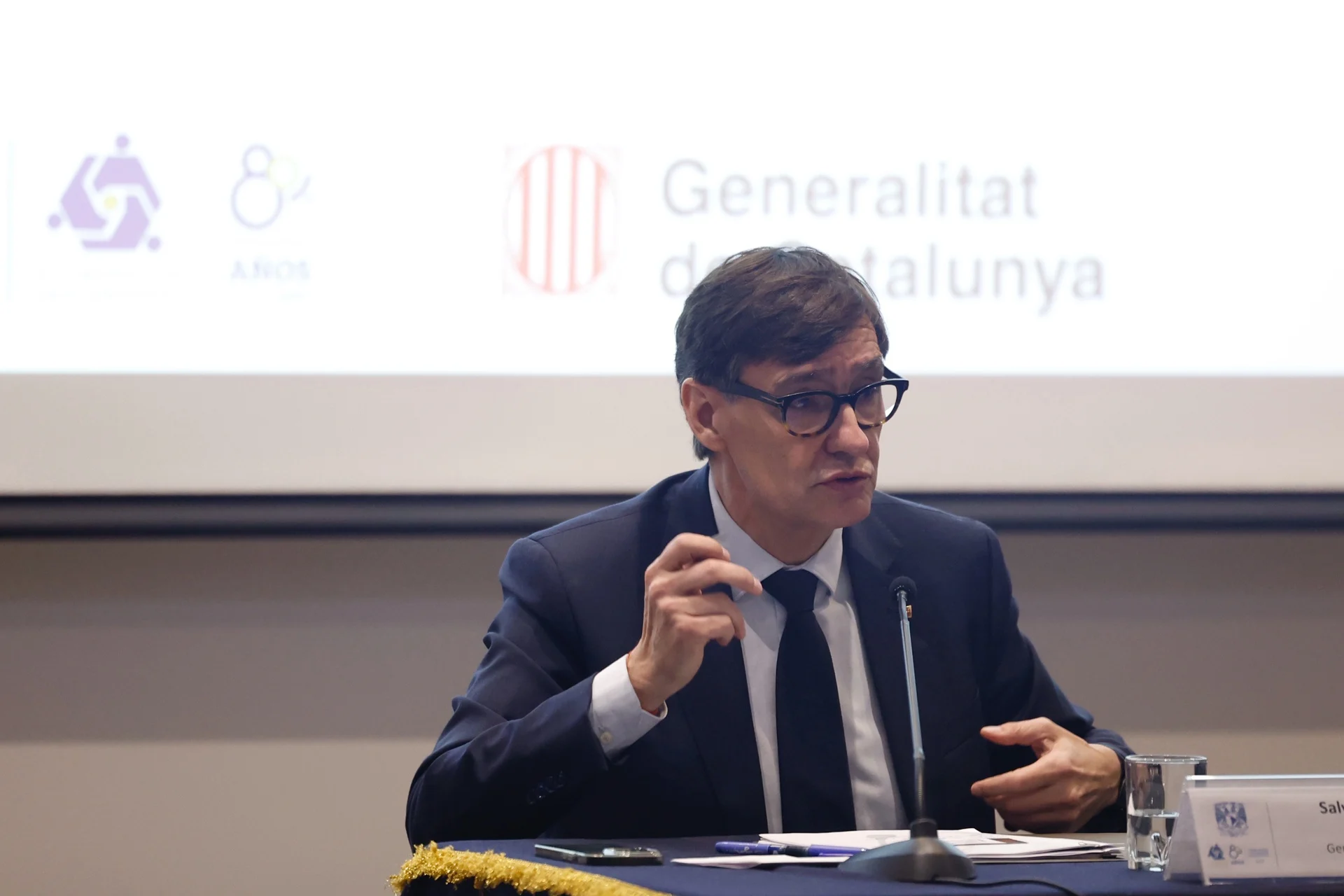
The President of the Generalitat of Catalonia, Salvador Illa, on Thursday called for being “more ambitious” in defending democracy, which he warned is being threatened “from within” by inequality, extremism, and hate speech driven by what he described as a “politics of intimidation,” on the final day of his visit to Mexico.
“The greatest threat to democracies is born within themselves. It is inequality and the winds of extremism. Both need each other and feed off one another,” Illa said during a speech at the National Autonomous University of Mexico (UNAM) in Mexico City.
In his address, Illa stated that in the face of extremism, society can adopt “two attitudes: hope or fear,” and warned that hate-driven rhetoric seeks to weaken citizens’ resolve. “We must be aware that hate speech, the politics of intimidation, and threats in the form of tariffs, the persecution of migrants, drones flying over Europe, or even war like the invasion of Ukraine, or walls at the border, all pursue the same goal: to make citizens give up and renounce who they want to be,” he added.
Despite these challenges, he urged people “not to lose hope,” emphasizing that there is a “better alternative,” which he summarized as “dialogue, institutional cooperation, peace, and human values.”
“I sincerely believe that we must be more ambitious in our defense of democracy, and that we must remember, demonstrate, and put into practice everything we are capable of doing. Never before has humanity accumulated so much knowledge, so much capacity, and so much power to shape the future,” Illa stressed.
For that reason, he called for a daily defense of the democratic system “at all levels and by each person according to their responsibility,” warning that democracy is currently facing an “existential threat.”
-

 International2 days ago
International2 days agoWMO predicts 55% chance of weakened La Niña impacting global weather this winter
-

 International4 days ago
International4 days agoVenezuela authorizes return flights as U.S. continues deportations amid rising tensions
-

 Central America2 days ago
Central America2 days agoJuan Orlando Hernández thanks Donald Trump after U.S. pardon
-

 International4 days ago
International4 days ago20,000 rounds stolen from german army after driver leaves cargo unattended
-

 International3 days ago
International3 days agoRussian authorities ban Roblox citing child safety and moral concerns
-

 Internacionales3 days ago
Internacionales3 days agoJuan Orlando Hernández’s family takes time to decide next steps after surprise U.S. release
-

 International4 days ago
International4 days agoEl Chapo’s son Joaquín Guzmán López pleads guilty to U.S. drug trafficking charges
-
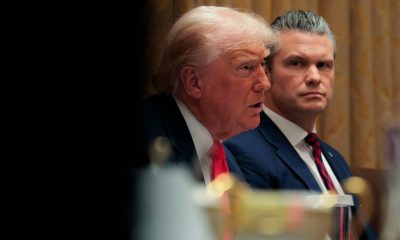
 International4 days ago
International4 days agoTrump convenes National Security Council as U.S.–Venezuela tensions intensify
-

 International2 days ago
International2 days agoSpain’s PSOE summons Mark Zuckerberg over alleged mass surveillance on Android users
-

 International3 days ago
International3 days agoClimate-driven rains trigger one of Indonesia’s deadliest flood emergencies in years
-

 International2 days ago
International2 days agoNew York Times sues Pentagon over new press restrictions, citing First Amendment violations
-
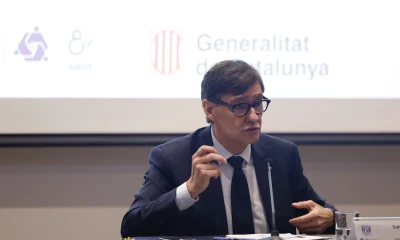
 International1 day ago
International1 day agoCatalonia’s president calls for greater ambition in defending democracy
-
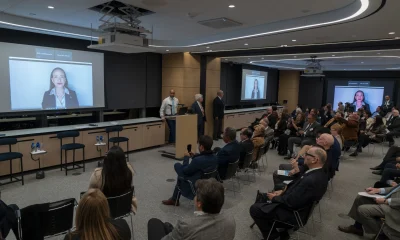
 International1 day ago
International1 day agoMaría Corina Machado says Venezuela’s political transition “must take place”
-

 Central America4 hours ago
Central America4 hours agoHonduras vote vount drags on as Asfura and Nasralla remain in technical tie
-
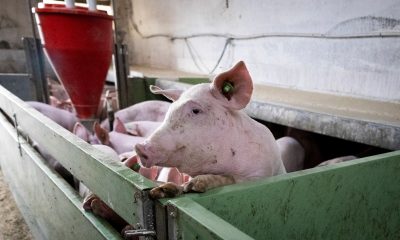
 International4 hours ago
International4 hours agoFive laboratories investigated in Spain over possible African Swine Fever leak




























